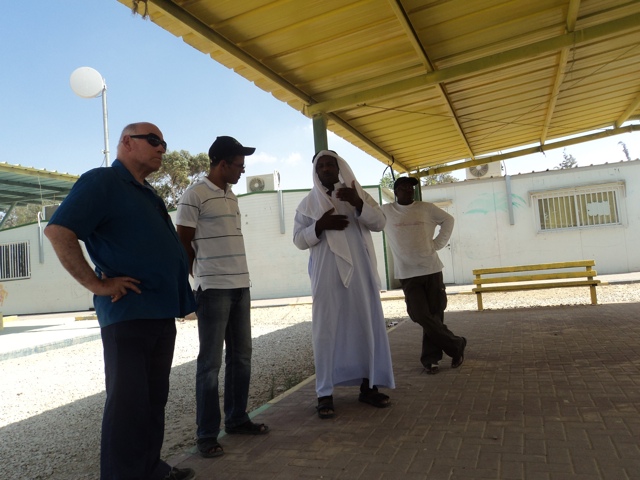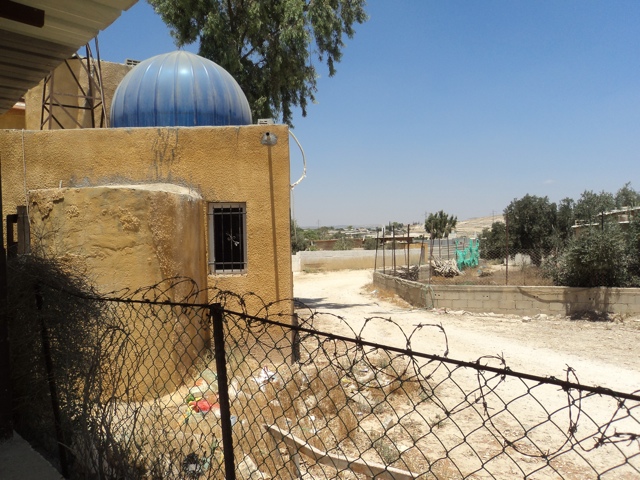Palestine Pilgrimage Day 5
The hot desert wind pushes and pulls at us as we stand on the barren hill in the Negev desert. Our Bedouin host gestures toward the land, showing us the makeshift homesteads where he and his family now live. We are in the Sagaya, the ghetto created for Bedouins in the Negev after they were ousted from their ancestral lands by the the Israeli army. The establishment of the state of Israel rose out of the call for 'A land without a people, for a people without a land'. Noble, but it never took into account the 100 000 Bedouins who farmed the Negev region, on land passed down to them for generations. The Negev provides a perfect environment for growing wheat and barley in the rainy season, when the desert is transformed, and for herding camels, sheep and horses. Olive orchards thrive here too.
We are welcomed into the home of Nuri Al-Uqbi. He shows us the deed for his land, purchased by his grandfather decades ago. He shows us references to his family's farm in anthropological texts. His family name appears on an old official map. But the Israeli government promotes the myth that Bedouins are nomads, and have no land, eerily echoing the voices of Canada's first European colonists, who also saw the land as empty despite the presence of our aboriginal people. Nuri has been arrested 60 times for re-entering his land, or holding signs across the road from his farm claiming it. His family was forced out, and then the government of Israel declared his land unoccupied, and so available for settlement and reforestation.
We hear many other stories from the Bedouin. Homes and orchards demolished. Children denied schools. Families moved again and again. These stories are repeated across the country, but barely scratch the consciousness of the West. Now I know. Now you know. What can we do?


No comments:
Post a Comment